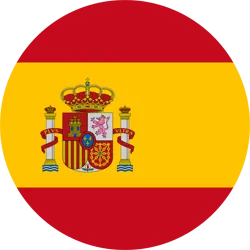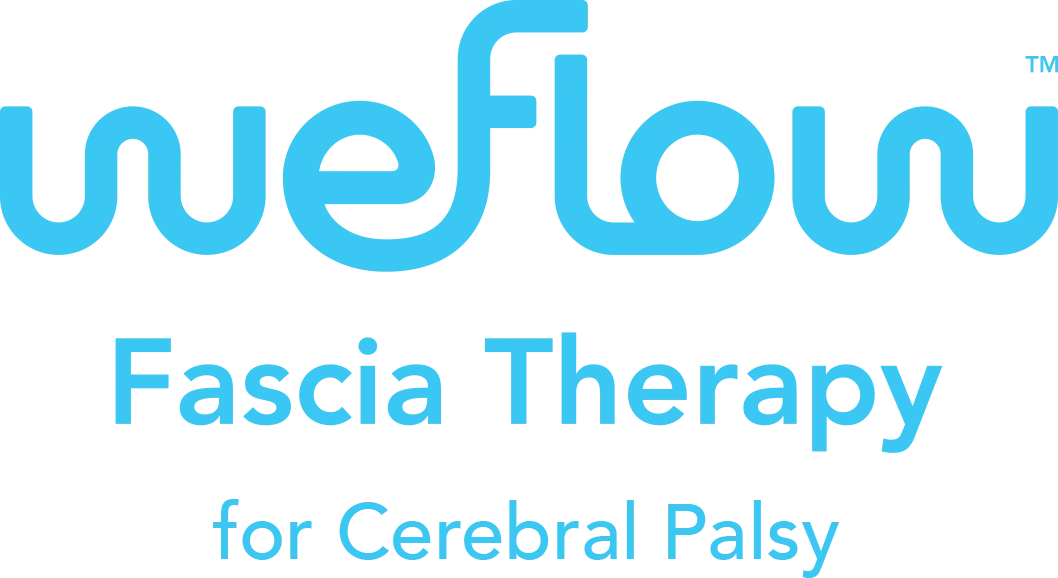About Us
Why Fascia?
or Fascial System?
Adjust volume here
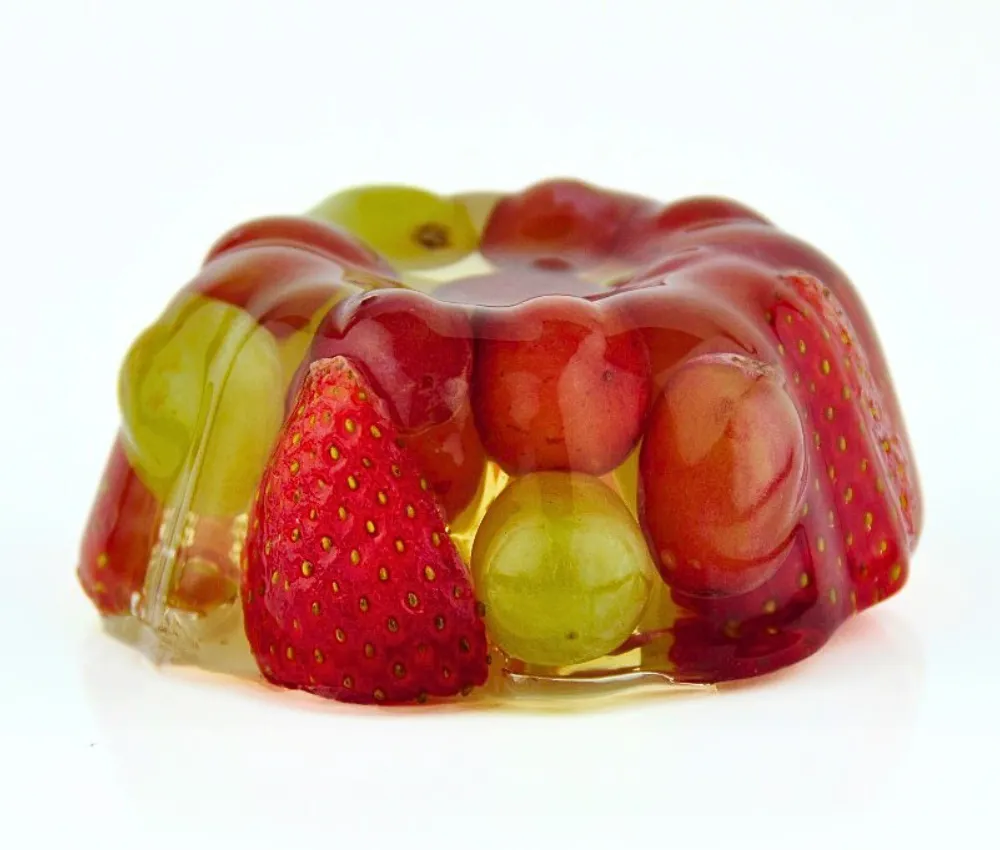
What is the Fascial System and why is it so important to address it?
The way our body is built could be represented, in the most simplistic manner, as a fruit jelly mould, where the suspended fruits are the organs, the muscles, the bones, the arteries, the veins, the nerves, the receptors, etc. The jelly is the tissue that holds everything together: The Fascial System.
We didn't know much about this system in the past. But nowadays, there are many groups in the world researching this amazing tissue that is changing the way we understand our bodies.
What is Fascia or Fascial System?
Fascia is a very specialized system of densely woven tissues that surround and interpenetrate every part of our body. Every muscle, nerve, bone, vessel and organ, every single part of our body is embedded in the fascial system. It is a continuous structure that exists from the top of our heads to our toes.
What is the role of the Fascial System in movement and postural control?
Fascia connects everything, like a Velcro® holding every part in place. But at the same time, it keeps the body organized, separating it into different compartments and levels so, for example, what belongs to the back, stays on the back, or what belongs to the neck, stays on the neck, etc.
Fascia allows the proper gliding between the structures, like the lubricant between gear wheels, giving the muscles the ability to work independently or simultaneously, as needed and allowing the organs to have their proper motility.
It allows the load's distribution throughout the body and the force transmission from our muscles so we can move.
Our posture relies on the integrity of this system and its proper tension, as it gives stability to our joints and creates space so we can move.
Fascia plays an important role in the way we sense our body (proprioception), as it contains most of the receptors that inform our brain where our body parts are and how they move with respect to each other, so we can have balance and coordinate our movements.
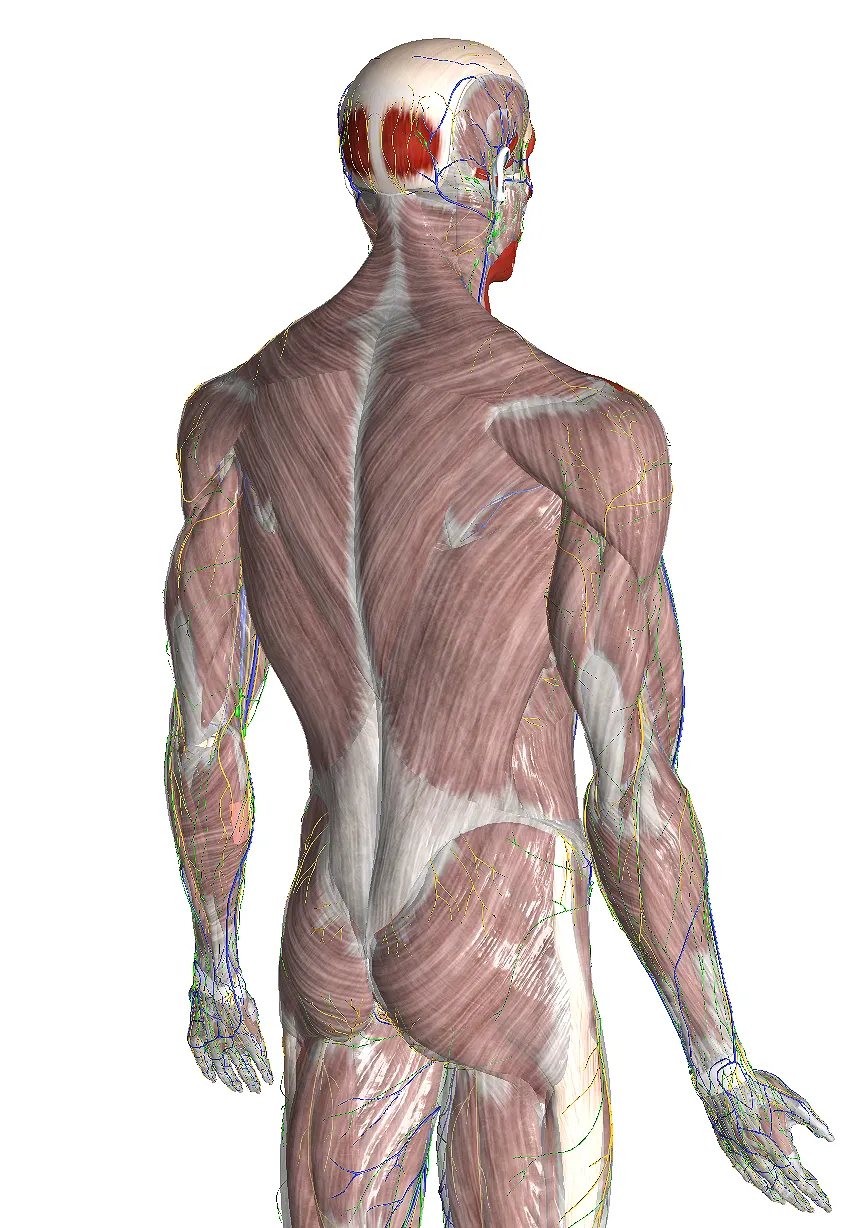
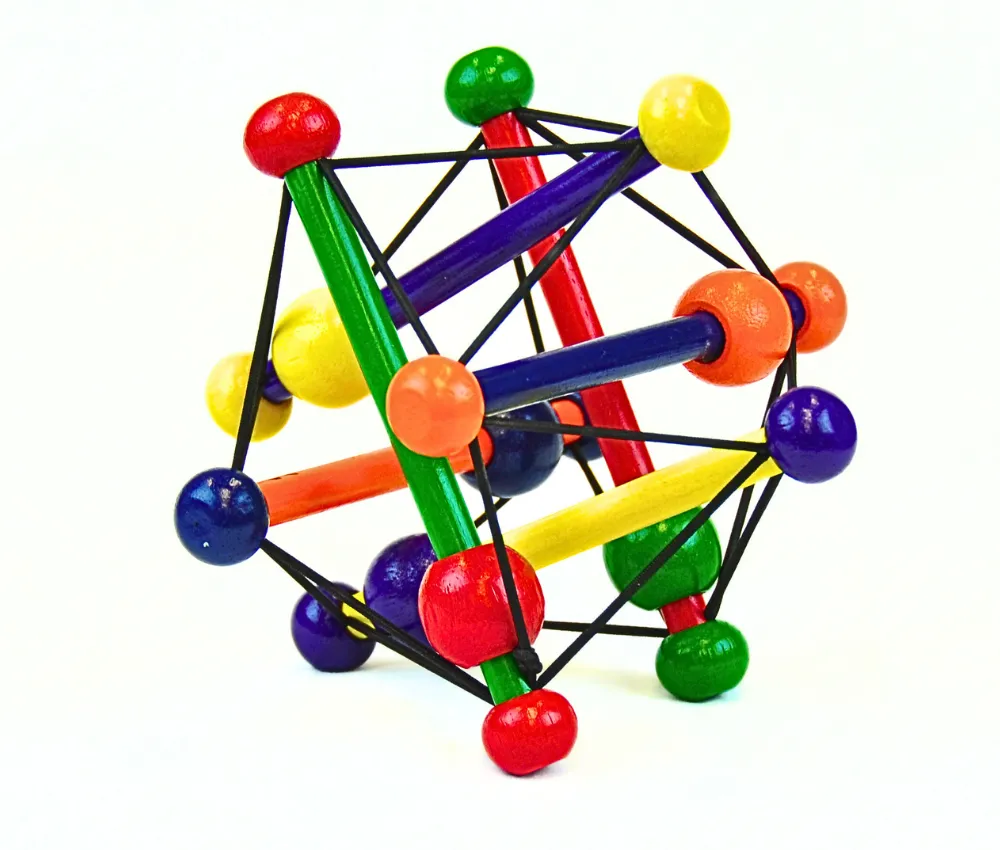
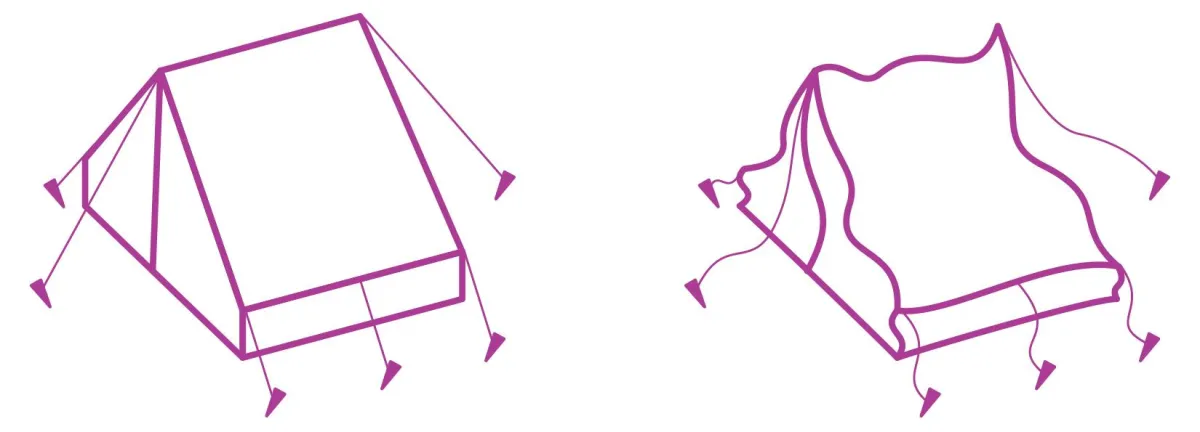
Biotensegrity
Biotensegrity is the model used to explain posture and movement once we understand the fascial system.
The bones in our body are not in direct contact between them, so what holds them in place in the tension of the system of connective tissues around them. The balance between the compressional and tensional elements in structure is what defines the tensegrity model.
Like this toy, where the wood rods are not contacting each other, but held in place by the elastic bands arouImagend them.
Or these tents, that depend on the tension of the guidelines to keep their shape.
Biotensegrity
Biotensegrity is the model used to explain posture and movement once we understand the fascial system.
The bones in our body are not in direct contact between them, so what holds them in place in the tension of the system of connective tissues around them. The balance between the compressional and tensional elements in structure is what defines the tensegrity model.
Like this toy, where the wood rods are not contacting each other, but held in place by the elastic bands arouImagend them.
Or these tents, that depend on the tension of the guidelines to keep their shape.


ONLINE TRAINING FOR PARENTS
IN-PERSON THERAPY AND TRAINING
What we offer
Scope Our Services
We understand that no two journeys are the same. That’s why WeFlow Fascia Therapy offers a wide range of services to meet you where you are and take you where you want to go.
Counseling Services
Gain clarity and overcome challenges with guidance tailored to your needs.
Advisory Support
Expert advice to help you make informed decisions and achieve success.
Online Courses
Flexible learning opportunities designed to fit your busy schedule.
Certifications
Enhance your skills and boost your career with industry-recognized certifications.
Community Networking
Join a supportive group of women who share your aspirations and challenges.
Product Recommendations
Discover tools and resources curated to support your goals.
Startup Support
From idea to execution, we’ll help you build and grow your business.

